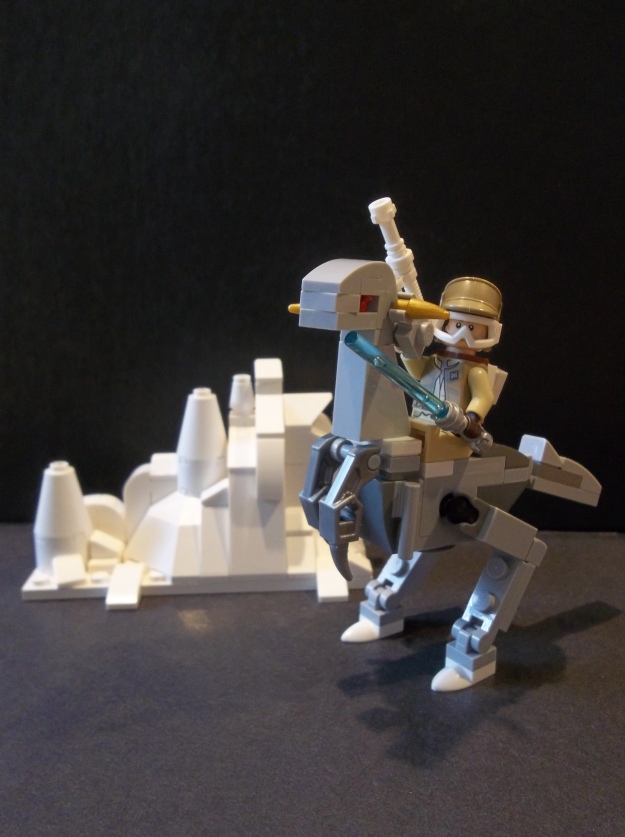Say “unicorn” and the image usually conjured is the epitome of delicacy and, well, girliness.
Hasbro and the irritating My Little Pony line are only partly responsible for this, but they certainly haven’t helped any: being horsy sorts of creatures, they’re in there, of course, along with pegasi, regular(ish) ponies and winged unicorns as well. It’s from here that we get the modern cliché of pooping out rainbows.
But look at almost any period European art and you’ll find its unicorns are gracile, impossibly slender beasts with long legs, spiral horns and blinding white coats. They symbolise innocence and purity, and they’re associated with virgins.
All this is largely informed by the narwhal tusks brought back by sailors and passed off as unicorn horn. Having a real bruiser of a creature with a horn like that just looks wrong.
Venture into Eastern Europe and Central Asia, though, and you may hear of a rather different single-horned beast. And this one sounds like a real creature.
The Russians call it Indrik, the Chinese qilin seems similar. It’s said to be huge, powerful, like an ox, a big bruiser of an animal. More like a rhinoceros than anything else.
As it should happen, there was an extinct rhinoceros species that might fit the bill: Elasmotherium. Native to Eurasia, it stood nearly as tall as a woolly mammoth at the shoulder, with what most scientists agree was a huge single horn, not on the tip of its nose like modern rhinoceros species but further up its face between its eyes.
It had long legs like a horse, too, and appears to have been adapted to a horselike galloping gait. African rhinoes can charge at 30mph; imagine something four times the mass with a horn almost as long as an adult man, bearing down on you on legs proportioned like those of a horse. What speeds would it be capable of, do you think?
Elasmotherium probably went extinct around the end of the last ice age, so humans definitely encountered it. And if it was going to hang on anywhere into recorded history, the wilds of north Asia is a fairly good bet for where it might, which would explain those Russian and Chinese (and Yakutian) stories.
Elasmotherium has been on my mind of late, as a story I’m writing features Central Asian Turco-Mongolian-type tribesmen riding around on them in a Russian-influenced steampunk universe. (“Why?” you ask? Because ice-age beasts are awesome, and steampunk is awesome, and Central Asia is somewhere I know a little bit about).
So anyway, I decided to build myself one.

My Little Pony this ain’t
I used a new technique for the lower legs, and I like the way it works even if the ankles are really too spindly. The thighs are suitably muscular.

The humped body form follows the French cave drawing believed to represent the creature (as the only known single-horned rhinocerotid in Europe at the time, it’s a reasonably safe bet), and the horn is up between the eyes where most scientists agree it should be.

Unfortunately even for an Elasmotherium it’s too monstrously huge to be minifig-scale, which is a pity but hardly unexpected. It’s not too far off, but it still manages to look too big against a minifigure.
I toyed with the various 1×1 tile eyes, but they all looked too cute and not fierce enough. Which again, was not unexpected. I went with trans neon orange studs to add a note of fire.

Anyway, here’s my real-life unicorn. Any mention of rainbows will result in the commentator being trampled in LEGO effigy.


 I’m not sure where the inspiration for this came from. Kind of a conceptual hybrid between LEGO’s City Construction subtheme and my own Classic Space elemental dragon, it’s effectively part bulldozer and part mythological creature.
I’m not sure where the inspiration for this came from. Kind of a conceptual hybrid between LEGO’s City Construction subtheme and my own Classic Space elemental dragon, it’s effectively part bulldozer and part mythological creature.






































